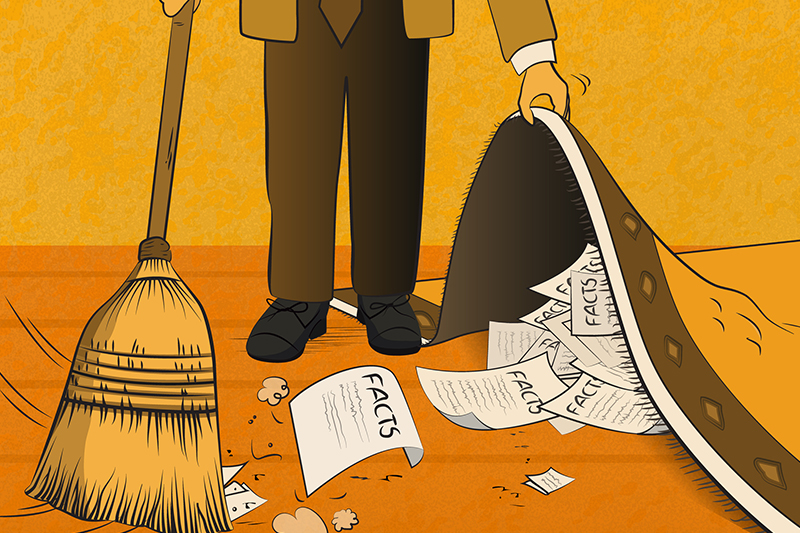The “wokeness” that has distorted how America’s history and culture are presented has received a great deal of analysis and media coverage in the past biennium. It now has sunk to a truly idiotic level at George Washington University (GWU), one of the most expensive universities in the country and, at least in years past, considered by many to be one of the more prestigious.
It is a truism that in modern times, colleges and universities across the country have served as incubators for the teaching of left-wing worldviews to students. Such perspective is further solidified in the professional realm via academic journals and government-funded research projects reflecting similarly liberal biases.
Such woke nonsense has infected even the curriculum at West Point, where cadets now are forced to spend time learning about Critical Race Theory (CRT). In decades past, our nation’s oldest military academy focused on producing Army lieutenants schooled not in the continuing evils of slavery in America, but in how to win wars and protect our nation’s security. Times and priorities change.
America’s historical landmarks have not been immune from woke revisionism. Especially hard hit has been Monticello, home of Thomas Jefferson, America’s third president, author of the Declaration of Independence and founder of the University of Virginia. The foundation responsible for preserving and maintaining Jefferson’s beautiful estate outside Charlottesville, Virginia previously and unashamedly lauded his genius and his myriad contributions to our nation. Its current left-leaning board now considers it more important to highlight slavery in virtually every aspect of how the former president, his house and its grounds are presented to visitors.
Ultimately, it is our universities and colleges that take the cake for some of the silliest examples of woke-ism, a process that began a half century ago when student activists began demanding that nicknames or mascots for their schools’ sports teams be changed to be more politically correct and sensitive.
One of the first major schools to succumb to this pressure was Stanford University. Prior to 1972, the prestigious university’s sports teams were known as the “Stanford Indians.” The perceived slight to Native Americans by such nomenclature demanded a change. Thus, for the past half century the school’s teams have been known simply as the “Cardinal” (not the bird, just the color). Its logo is even less exciting than a color — a tree.
In the ensuing decades, various schools have followed Stanford’s woke example and changed their mascots or monikers based on similar pressures. At times, such changes reflected a degree of common sense, as when Ole Miss in 2003 bid farewell to its longtime mascot, “Col. Reb.”
However, and without a doubt, the institute of higher learning that most deserves to be awarded the Woke Dunce is GWU, which has just decided to retire its moniker, the “Colonials.” Just how a word that simply and factually refers to those in the 13 American colonies as what they were – “colonials” – remains a mystery to me as a graduate of GWU (M.A. ’72) and to many others. However, no less prestigious a body than the GWU Board of Trustees has decided the name is sufficiently offensive and “divisive” as to warrant being tossed aside.
The University Trustees did not undertake the process of discarding the moniker lightly. Consistent with being a body nestled in the heart of Washington, D.C., the trustees proceeded in meritoriously ponderous bureaucratic fashion that eventually will consume five years of its precious time to settle the Great Moniker War once and for all.
Beginning with a “Task Force on Naming” in 2019, and continuing via a “Special Committee on the Colonials Moniker” the following year, this June the august body revealed to the world that “Colonials,” which apparently many of its students and alumni misunderstand to refer to “colonizers” or to slaveholders (hence the derogatory connotation), was just too divisive and not harmonious with the sense of “community” at the heart of GW’s “values.”
The world now breathlessly awaits the unveiling of a new, “unifying” nickname. In the years after the 2023-24 academic year, the university’s 27,000 students, who cough up around $75,000 per year, can rest easier knowing they no longer will be saddled with such an offensive moniker. All hail academia!























